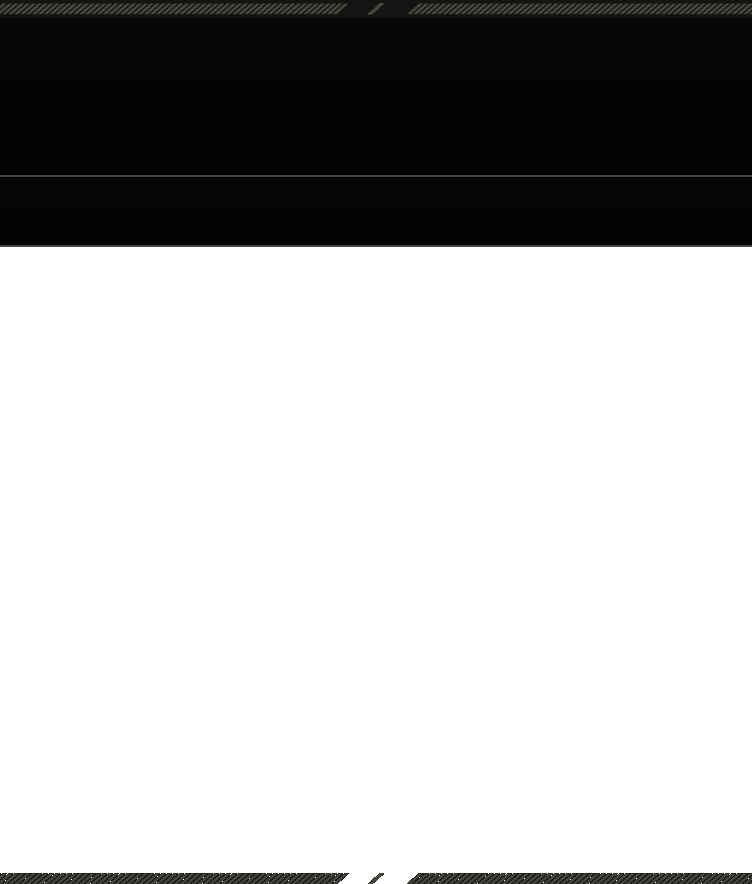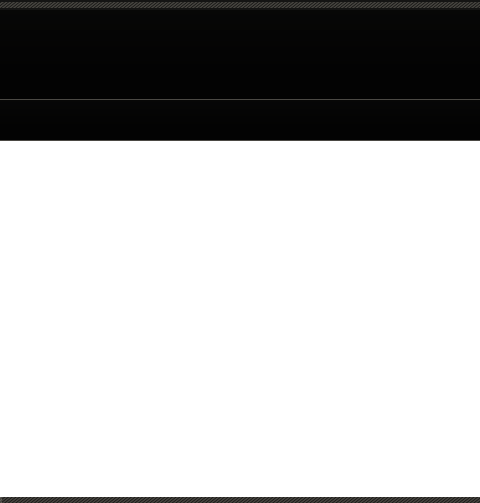

The Stanley Kubrick Website (unofficial website)

Barry Lyndon (1975)
Barry Lyndon (1975) was an adaptation of William Makepeace Thackeray's The Luck of Barry Lyndon (also known as Barry Lyndon), a picaresque novel about the adventures of an 18th- century Irish gambler and social climber. The cinematography and lighting techniques that Kubrick, together with his cinematographer John Alcott, used in Barry Lyndon were highly innovative. Most notably, interior scenes were shot with a specially adapted high-speed f/0.7 Zeiss camera lens originally developed for NASA to be used in satellite photography. The lenses allowed many scenes to be lit only with candlelight, creating two-dimensional, diffused-light images reminiscent of 18th-century paintings. Cinematographer Allen Daviau says that it gives the audience a way of seeing the characters and scenes as they would have been seen by people at the time. A number of production experts have described the efforts that Kubrick took to both acquire the lenses, considered "priceless" by the head of Panavision, and adapt them for use on his camera. He had to have the camera engineered and rebuilt, which made it dedicated for that one lens only. Ed Di Giulio, who rebuilt the camera for Kubrick, says that it is two f-stops faster than even the fastest lenses currently[when?] available. Scene showing posed and classical painting style of photography Barry Lyndon found a great audience in Europe, particularly in France. Its measured pace and length at three hours put off many American critics and audiences, but the film was nominated for seven Academy Awards and won four, more than any other Kubrick film. As with most of Kubrick's films, Barry Lyndon's reputation has grown through the years, particularly among filmmakers. The director Martin Scorsese has cited it as his favorite Kubrick film. Spielberg has praised its "impeccable technique", although he had panned it when much younger. Like its two predecessors, the film does not have an original score. Irish traditional songs (performed by The Chieftains) are combined with classical works from the period. According to some critics who recognized the technical skills and special lenses used for the film, "every scene could have been a painting".[citation needed] Writer George Lewis points out that, for many of the scenes, Kubrick posed the actors for an instant before the action, thereby emphasizing this painterly quality. He adds, "The scenes look like European paintings of the 1700s and 1800s", and such paintings are considered art in the American popular mind. The effect was accentuated, notes Ciment, by Kubrick's use of "slow reverse zoom which, moving out from a single character, enlarges the field of vision until its powerful scrutiny takes possession of the whole decor". Kubrick told Ciment, "I created a picture file of thousands of drawings and paintings for every type of reference that we could have wanted. I think I destroyed every art book you could buy in a bookshop."

Quick facts
Directed by Stanley Kubrick Produced by Stanley Kubrick Screenplay by Stanley Kubrick Based on The Luck of Barry Lyndon by William Makepeace Thackeray Starring Ryan O'Neal Marisa Berenson Patrick Magee Hardy Krüger Diana Koerner Gay Hamilton Narrated by Michael Hordern Cinematography John Alcott Edited by Tony Lawson Production company Hawk Films Peregrine Productions Distributed by Warner Bros. Release dates 18 December 1975 Running time 187 minutes[1] Country United Kingdom and United States



Barry Lyndon (1975)
Barry Lyndon (1975) was an adaptation of William Makepeace Thackeray's The Luck of Barry Lyndon (also known as Barry Lyndon), a picaresque novel about the adventures of an 18th-century Irish gambler and social climber. The cinematography and lighting techniques that Kubrick, together with his cinematographer John Alcott, used in Barry Lyndon were highly innovative. Most notably, interior scenes were shot with a specially adapted high-speed f/0.7 Zeiss camera lens originally developed for NASA to be used in satellite photography. The lenses allowed many scenes to be lit only with candlelight, creating two-dimensional, diffused-light images reminiscent of 18th-century paintings. Cinematographer Allen Daviau says that it gives the audience a way of seeing the characters and scenes as they would have been seen by people at the time. A number of production experts have described the efforts that Kubrick took to both acquire the lenses, considered "priceless" by the head of Panavision, and adapt them for use on his camera. He had to have the camera engineered and rebuilt, which made it dedicated for that one lens only. Ed Di Giulio, who rebuilt the camera for Kubrick, says that it is two f-stops faster than even the fastest lenses currently[when?] available. Scene showing posed and classical painting style of photography Barry Lyndon found a great audience in Europe, particularly in France. Its measured pace and length at three hours put off many American critics and audiences, but the film was nominated for seven Academy Awards and won four, more than any other Kubrick film. As with most of Kubrick's films, Barry Lyndon's reputation has grown through the years, particularly among filmmakers. The director Martin Scorsese has cited it as his favorite Kubrick film. Spielberg has praised its "impeccable technique", although he had panned it when much younger. Like its two predecessors, the film does not have an original score. Irish traditional songs (performed by The Chieftains) are combined with classical works from the period. According to some critics who recognized the technical skills and special lenses used for the film, "every scene could have been a painting".[citation needed] Writer George Lewis points out that, for many of the scenes, Kubrick posed the actors for an instant before the action, thereby emphasizing this painterly quality. He adds, "The scenes look like European paintings of the 1700s and 1800s", and such paintings are considered art in the American popular mind. The effect was accentuated, notes Ciment, by Kubrick's use of "slow reverse zoom which, moving out from a single character, enlarges the field of vision until its powerful scrutiny takes possession of the whole decor". Kubrick told Ciment, "I created a picture file of thousands of drawings and paintings for every type of reference that we could have wanted. I think I destroyed every art book you could buy in a bookshop."

Quick facts
Directed by Stanley Kubrick Produced by Stanley Kubrick Screenplay by Stanley Kubrick Based on The Luck of Barry Lyndon by William Makepeace Thackeray Starring Ryan O'Neal Marisa Berenson Patrick Magee Hardy Krüger Diana Koerner Gay Hamilton Narrated by Michael Hordern Cinematography John Alcott Edited by Tony Lawson Production company Hawk Films Peregrine Productions Distributed by Warner Bros. Release dates 18 December 1975 Running time 187 minutes[1] Country United Kingdom and United States


















